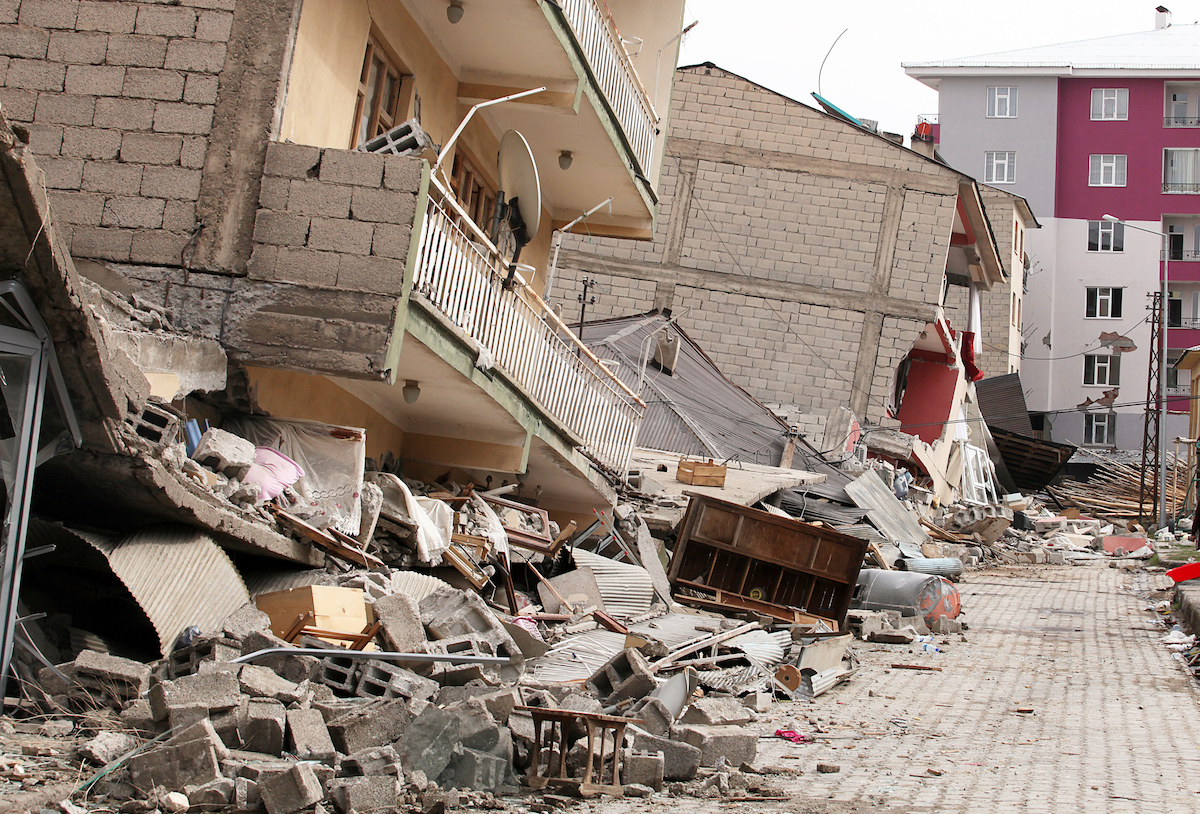
Santa Monica’s earthquake-retrofit laws are being bypassed by some building owners, and the city may have trouble enforcing those ordinances and compelling owners to follow required interim or preliminary deadlines.
In 2017 the city passed laws that required buildings on the list of potentially earthquake-vulnerable buildings to have their structures reviewed, analyzed, and if necessary repaired, by certain deadlines (the list: https://tinyurl.com/mr2fhbz9). Today it seems that many building owners may have failed to comply with interim deadlines in the law, and staff shortages may make it difficult for the city to fully enforce those earthquake-retrofit ordinances.
Last year, an Information Item report by staff to City Council (https://tinyurl.com/rynp4wws) suggested that the city may have trouble enforcing all of the requirements in the 2017 ordinances because of insufficient staff. The city had originally identified approximately 2400 buildings that may be vulnerable. Many owners of buildings on the list have missed preliminary deadlines for parts of the work, such as structural analyses, which are required under the law. The report said that the Code Enforcement Division’s “current staffing limitations and varying priorities” may be a barrier to enforcement of these preliminary obligations by building owners, and admitted that “enforcement has not been actively applied at these stages.” The lives of thousands of Santa Monica residents may be affected by the city’s difficulties in enforcing the law.
The city’s 2017 retrofit ordinances required property owners on the list to have their structures analyzed, and, if needed, have plans drawn up and the buildings repaired. The structural analyses had to be submitted for the city’s review by certain deadlines, and any repairs or reinforcement were given timelines with completion dates that were determined by the type of construction.
Some types of buildings had to be evaluated immediately, such as unreinforced masonry buildings (most of them older brick structures). Others, such as “non-ductile concrete” buildings (more on this type later) had longer deadlines for structural analysis and plan submittal. Last year’s staff report, prepared in March, showed that, of the 66 “non-ductile concrete” buildings on the list, the vast majority had yet to submit their plans a mere month before their April deadline.
Most of the tallest buildings in the city are “non-ductile concrete” structures. More importantly, according to the city’s list, these types of buildings contain over 1,330 apartments in different parts of the city. Consider that at the city’s average occupancy of 1.7 persons per unit, there are about 2,261 people, in Santa Monica, making their homes in these structures.
“Non-ductile concrete” buildings were constructed before the introduction of updated building codes that prioritize ductility (the ability of a material to deform under stress without collapsing). Many of these buildings don’t have sufficient reinforcing steel in their concrete structures. This makes these buildings inflexible and brittle–undesirable qualities in earthquake zones. These buildings, when subjected to earthquakes, may pose a significant risk to the safety of the people who occupy or are near them. Many of the structures that collapsed in the recent Turkish earthquake were of this type.
As of last year’s staff report, 37 “non-ductile concrete” structures had yet to submit their plans a month before the deadline. “Many property owners,” said the staff report, “have chosen to bypass the structural analysis review stage and commit to moving forward with the retrofit to reduce time and cost associated with completing their projects.” The report does not specify the number of buildings whose owners failed to meet the deadline for structural analysis, nor the exact nature of these owners’ commitment to moving forward with retrofits. And owners who bypass the preliminary structural analysis requirement, reasoning that this will be done as part of the final retrofit, are merely postponing a task that could reveal urgent and dangerous conditions needing immediate intervention.
At a time when the city is preoccupied with complying with the State’s requirements to provide thousands of additional housing units, the fact that 2.5% of the city’s population–amounting to thousands of individuals–lives in “non-ductile concrete” buildings that need careful review and analysis would suggest a certain urgency, on the city’s part, in getting these buildings examined, and then–if needed–fixed up (and perhaps shorten the final retrofit completion date) . An updated staff report would help identify the number of owners who have complied with preliminary deadlines and embarked upon repairs–and the number who have failed to do so currently.
The widespread building collapses in the recent Turkish earthquake are a warning. We must prevent them from becoming a prediction. The city is starved for cash and personnel, but it must find a way to provide more resources to support the reporting and enforcement effort. As mentioned in last week’s article, this is a core obligation for the city.
Daniel Jansenson, Architect, Building and Fire-Life Safety Commission and Mario Fonda-Bonardi AIA & Planning Commissioner
Santa Monica Architects for a Responsible Tomorrow: Thane Roberts, Architect, Robert H. Taylor AIA, Dan Jansenson, Architect & Building and Fire-Life Safety Commission, Samuel Tolkin Architect & Planning Commissioner, Mario Fonda-Bonardi AIA & Planning Commissioner, Michael Jolly, AIR-CRE.












